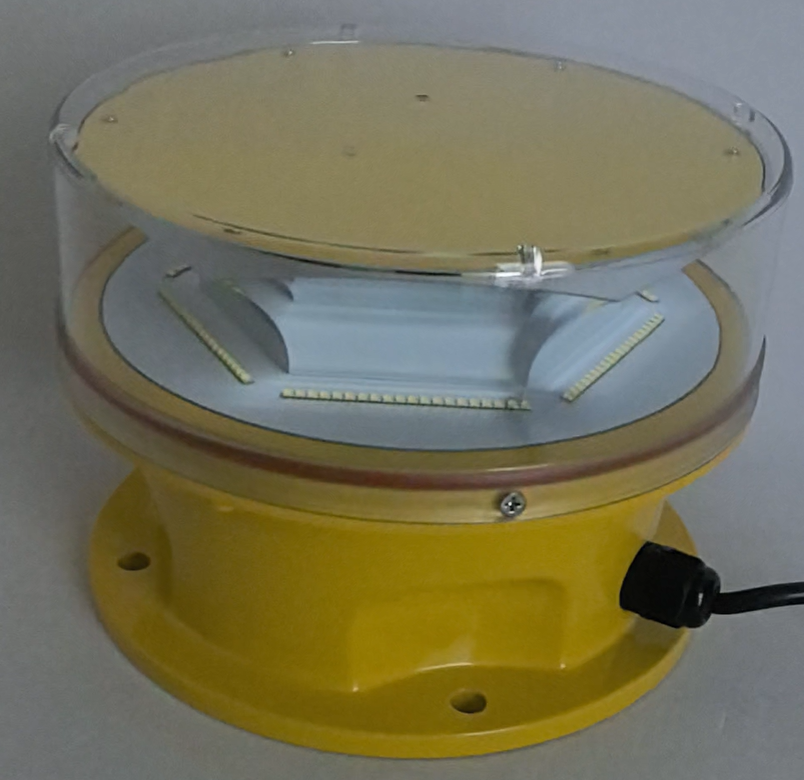Aviation safety relies heavily on effective visual aids, especially during nighttime and low-visibility conditions. Among these critical safety devices, LED obstruction lights FAA -compliant systems play a vital role in marking tall structures, such as communication towers, wind turbines, and skyscrapers, to prevent collisions with aircraft. The Federal Aviation Administration (FAA) sets stringent standards for obstruction lighting to ensure maximum visibility and reliability. This article explores the importance of LED obstruction lights FAA regulations, their benefits, and their impact on modern aviation safety.
Why FAA-Compliant LED Obstruction Lights Matter
The FAA mandates obstruction lighting to ensure that pilots can easily identify tall structures, particularly in low-light conditions. Traditional incandescent lights have been largely replaced by LED obstruction lights FAA-approved models due to their superior performance, energy efficiency, and longevity. These lights must meet specific intensity, color, and flash patterns as outlined in FAA Advisory Circular 70/7460-1L.

Key FAA Requirements for LED Obstruction Lights
Color and Intensity – Red and white lights are commonly used, with specific candela ratings depending on the structure's height and location.
Flash Patterns – Synchronized flashing sequences help distinguish obstructions from background lights.
led obstruction lights faa
|
Durability – Lights must withstand harsh weather conditions, including extreme temperatures, wind, and precipitation.
Visibility Range – The FAA specifies minimum visibility distances to ensure pilots can detect obstacles in time.
Advantages of LED Obstruction Lights Over Traditional Lighting
1. Energy Efficiency
LED technology consumes significantly less power than incandescent or halogen lights, reducing operational costs and environmental impact.
2. Longer Lifespan
With an average lifespan of over 50,000 hours, LED obstruction lights FAA-compliant models require fewer replacements, minimizing maintenance efforts.
3. Enhanced Brightness and Visibility
LEDs provide high-intensity illumination with precise beam control, ensuring compliance with FAA visibility standards even in adverse weather.
4. Reduced Heat Emission
Unlike traditional lights, LEDs generate minimal heat, lowering the risk of overheating and improving safety in sensitive environments.
Applications of FAA-Compliant LED Obstruction Lights
These lights are essential for various industries, including:
Telecommunication Towers – Ensures visibility for low-flying aircraft.
Wind Farms – Marks turbine blades to prevent collisions.
High-Rise Buildings – Protects urban airspace navigation.
Bridges and Power Lines – Alerts pilots to potential hazards.
Future Trends in LED Obstruction Lighting
As technology advances, LED obstruction lights FAA standards continue to evolve. Innovations such as solar-powered LEDs, smart monitoring systems, and adaptive lighting (adjusting intensity based on ambient conditions) are becoming more prevalent. These developments further enhance aviation safety while optimizing energy use.
LED obstruction lights FAA-certified systems are indispensable for modern aviation safety, offering unmatched efficiency, durability, and compliance with regulatory standards. As air traffic increases and structures grow taller, the demand for reliable obstruction lighting will only rise. By adopting advanced LED solutions, industries can ensure safer skies while reducing operational costs and environmental impact.

